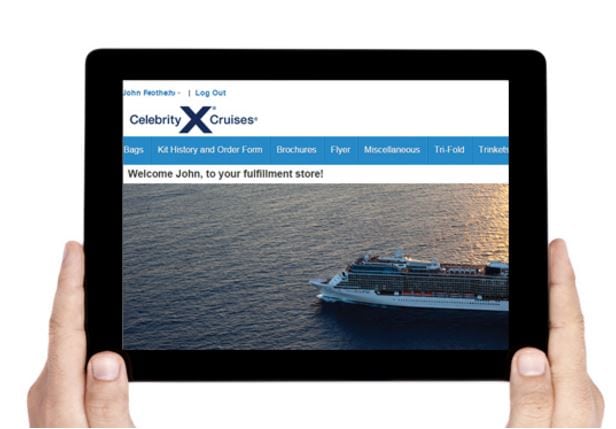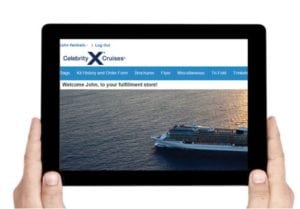
 Too often we spend obscene amounts of money acquiring new customers and then cut corners once we have them. Improving customer service is more vital than customer acquisition and costs so much less. Without customer service, your business will take one step forward and two steps back. And the damaging impression that poor customer service causes can last years.
Too often we spend obscene amounts of money acquiring new customers and then cut corners once we have them. Improving customer service is more vital than customer acquisition and costs so much less. Without customer service, your business will take one step forward and two steps back. And the damaging impression that poor customer service causes can last years.
When I was on the phone recently with my Internet provider’s customer service call center, every question I asked caused the woman to pause for 20 seconds before she answered. It didn’t take long to figure out she was looking up her answers on the Internet.
I quickly thanked her for her time, hung up, and redialed for a better-informed customer service employee. I also quickly ranked this company a little lower in my mind.
So let’s take a look at how to be an exceptional customer service program.
Be On Time.
When your customers need help, don’t make them wait. By the time your customers call a helpline, they’re already a little frazzled. If they’re on the phone, some promise you’ve made to them has already gone wrong. They’re hoping you can make it right. It’s never fun to admit you need help. Add in hold music and an extended wait time and you’ve just added another problem to your problem.
Be Informed.
As I discovered on my call to my Internet provider, training your customer service teams is vital. A great example of an informed customer service staff is the Genius Bar at any Apple store. While the term “Genius Bar” may be the most pompous name for a help desk in the history of help desks, these men and women know their stuff. When you go there you get answers and solutions; they’re not going to ask Google for the answers.
Be Empowered.
When customers call, they want to talk to the person who can solve their problem. Getting transferred to the manager and having to explain your issue to another person another time can frustrate the most patient customer, so give your people on the front lines the power to make things right.
Be invested.
Your customer service team needs to possess excellent communication skills. They need to be easily understood. More importantly, they need to care. Empathy goes a long way in troubling situations. When a customer feels that they are being listened to, that the other person is invested in their problem, they’ll walk away from nearly every interaction happier — even if the resolution doesn’t meet their previous expectations
Be available.
Customer service doesn’t begin or end on a help line. Many of your customers need help in other channels, too. Sure, a thorough FAQ page online is a good start, but it’s not enough. The next level of online customer service would be a well-displayed phone number to your help line or an email option. And, of course, online chats are the gold standard where you can turn an issue into an opportunity online.
Think your newly designed website solves all of these navigation and purchase problems. Think again. A recent survey revealed that 83% of customers need some human assistance before making a purchase. Translation? A lack of customer service can result in an ocean of abandoned shopping carts and the lost sales they carry.
An old businessman once said, “You start losing a customer the moment you get them.” The view may be a bit defeatist, but the idea isn’t too far from the truth. Improving customer service isn’t a tough nut to crack. It’s no ancient mystery. It’s a good combination of common sense and effort. Be diligent and your customers will be your customers for years to come.
Sources:
http://smallbusiness.chron.com/excellent-customer-service-mean-2085.html
https://www.salesforce.com/blog/2014/04/what-is-good-customer-service.html

















